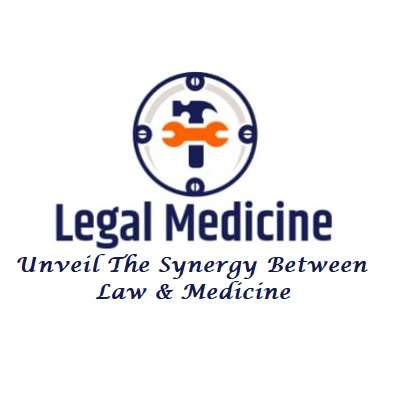Bite Mark Analysis: A Crucial Forensic Tool

Bite mark plays a vital role in forensic investigations, helping identify perpetrators in criminal cases. This blog explores the significance of bite marks on different body parts, their forensic importance, analysis techniques, and their role in solving crimes.
Bite Marks on the Neck, Skin, and Breast
Bite marks on various body parts provide crucial forensic evidence. These marks can indicate assault, self-defense injuries, or aggressive encounters.

- Neck: Often found in violent crimes or intimate partner violence, bite marks on the neck suggest forceful interactions.
- Skin: The skin retains bite impressions well, making it a valuable medium for forensic experts to analyze the attacker’s dental patterns.
- Breast: Frequently seen in sexual assault cases, bite marks on the breast can link a suspect to the victim.
Bite Marks on Tattoos
Tattoos can distort bite marks, making forensic analysis more complex. However, they also provide a reference point, allowing investigators to compare distortions and reconstruct the original bite pattern.
Criminal Importance of Bite Marks
Bite marks serve as compelling forensic evidence in cases of assault, homicide, and abuse. Their criminal importance includes:
- Linking a suspect to the victim.
- Establishing the timeline of an attack.
- Differentiating between multiple attackers.

Bite Mark Bruises
Bruising around a bite mark can indicate the force used and the time elapsed since the bite occurred. A fresh bite appears red and swollen, while older marks turn purple or yellow as they heal.
Bite Marks in Sexual Assault Cases
Bite marks frequently appear in sexual assault cases, providing crucial forensic links. These injuries can confirm forceful interactions and assist in suspect identification. DNA evidence from saliva within the bite mark further strengthens the case.
Bite Mark Analysis

Forensic odontologists analyze bite marks using several methods:
- Photographic Documentation: High-resolution images capture the shape, depth, and bruising of the bite.
- Impression Casting: Investigators take a mold of the bite for further examination.
- Comparison with Suspect’s Dental Records: Suspects provide dental impressions for comparison with the bite mark.
- Digital Enhancement: Computer software enhances and matches bite marks to known dental records.
- DNA Analysis: Saliva or skin cells from the bite can yield DNA evidence.
Identifying a Criminal Through Bite Marks
Forensic experts use the following techniques to identify criminals based on bite marks:
- Comparing dental records with bite impressions on victims.
- Using 3D imaging to reconstruct the bite pattern.
- Matching saliva DNA with suspect profiles.
- Analyzing bite force and tooth alignment for suspect differentiation.
Conclusion
Bite mark analysis remains a valuable forensic tool, particularly in violent and sexual assault cases. Though sometimes controversial due to reliability concerns, advancements in technology continue to refine this method for accuracy.

FAQs About Bite Mark Analysis
1. How reliable is bite mark evidence in court?
Bite mark evidence can be compelling, but it must be supported by other forensic evidence due to variability in skin elasticity and healing.
2. Can bite marks be faked?
Yes, intentional injuries or self-inflicted bites can mislead investigators, making expert analysis essential.
3. How long do bite marks last?
Depending on the force and location, bite marks can last from a few days to weeks, changing in color over time.
4. Can DNA be extracted from a bite mark?
Yes, DNA from saliva left in the bite area can be analyzed to identify the perpetrator.
5. Where can I learn more about forensic odontology?
Visit the American Board of Forensic Odontology (ABFO): https://www.abfo.org/
